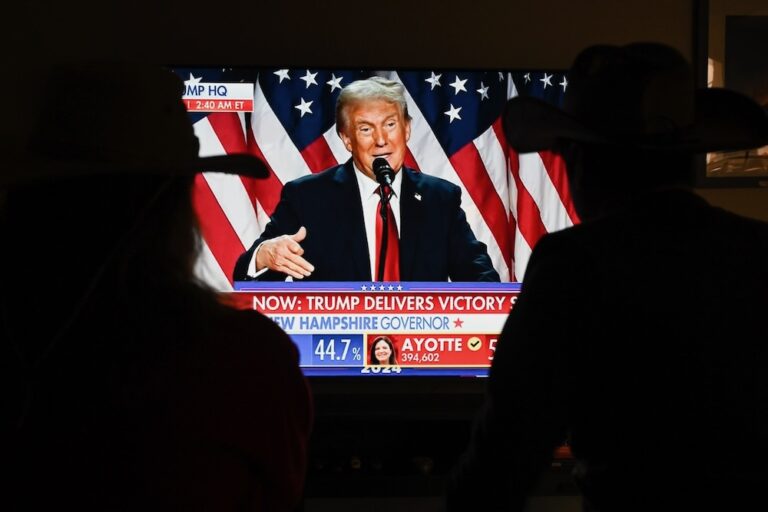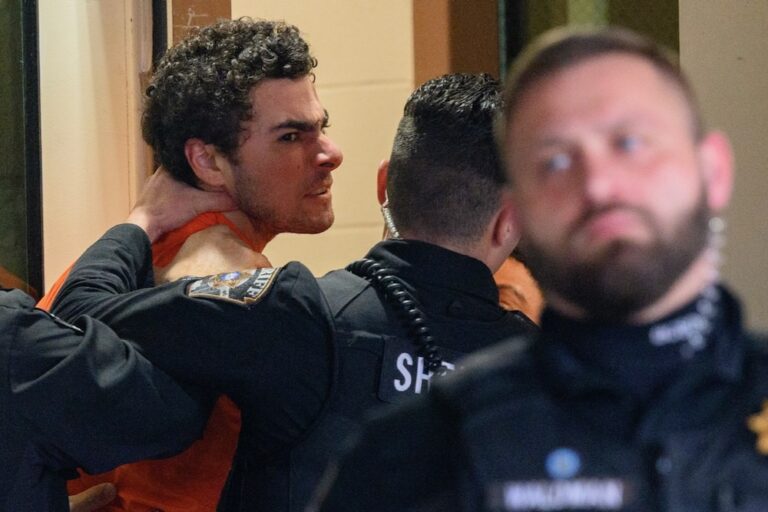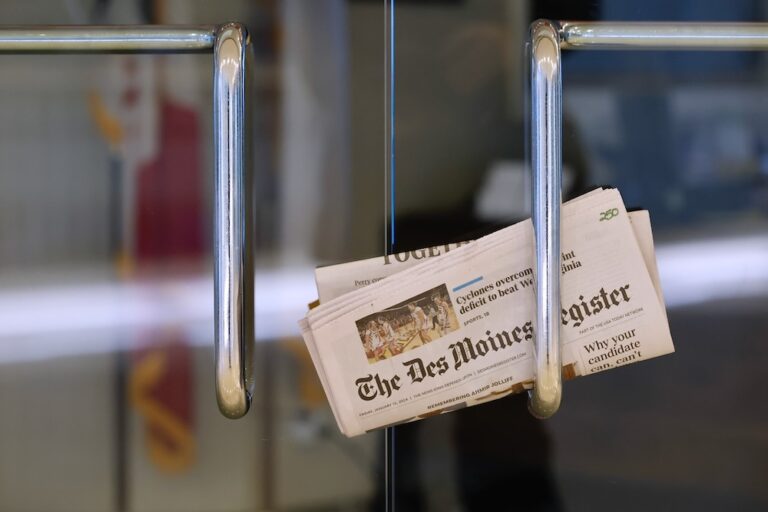(RSF/IFEX) – On 28 March 2003, RSF called on all sides in the Iraq war to help find nine journalists who are missing in the war zone, some of them since the start of the eight-day conflict. “We are very worried and we urge the Iraqi, U.S. and British authorities to make every effort to […]
(RSF/IFEX) – On 28 March 2003, RSF called on all sides in the Iraq war to help find nine journalists who are missing in the war zone, some of them since the start of the eight-day conflict.
“We are very worried and we urge the Iraqi, U.S. and British authorities to make every effort to help find them,” said RSF Secretary-General Robert Ménard. “Confusion on the battlefield and the ongoing fighting must not be used as an excuse for Iraqi and U.S.-British forces to ignore the safety of reporters and cameramen who have come to cover a war that has already cost lives among the media.”
A cameraman for the pan-Arab television station Al-Jazeera disappeared on 28 March in Basra, southern Iraq, after the four-man crew he was with came under fire from British tanks. The crew had rented a civilian vehicle to go to the area where food relief was being distributed by the Iraqi authorities. The crew was preparing to film the arrival of the British tanks when they opened fire.
Three of the crew members fled on foot but the cameraman’s equipment was too heavy to carry easily and he hid. The station has not heard from him since.
A team of four journalists from the British television station ITN came under fire on 22 March in Basra, probably from U.S.-British forces. One of them, Terry Lloyd, aged 51, was killed, and two others, French cameraman Fred Nérac and Lebanese interpreter Hussein Osman, are still missing.
The Al-Arabiya television station has been without word of three members of its team since 22 March. Syrian reporter Wael Awad, Lebanese cameraman Talal Fawzi al-Masri and Lebanese technician Ali Hassan Safa are missing. They were travelling between Al-Zubair and Nassiriya when the station lost contact with them.
The Pentagon said it knew of no journalists killed or wounded in the area. Al-Arabiya told RSF it was not sure if they were “embedded” with the U.S. Army’s 101st Airborne Division. Centcom military headquarters in Qatar said the three were not on its list of embedded journalists, but said they may have been accredited by the army in Kuwait.
The station has regularly been broadcasting photos of the three journalists in the hope they will be recognised by Iraqis who will come forward with news about them.
Two journalists from the U.S. daily newspaper “Newsday”, Moises Saman and Matthew McAllester, were seen for the last time at the Palestine Hotel in Baghdad on the evening of 24 March. The Iraqi authorities were preparing to deport them and other foreign journalists for entering the country only on tourist visas, according to an Italian journalist RSF spoke with.
Several special correspondents in Baghdad said the authorities had wanted to expel them by road in a bus, probably to Damascus. Freelance French-American photographer Molly Bingham, also reported to be among those to be deported, is also missing.
Two journalists have been killed since the start of the war, ITN’s Lloyd and Australian cameraman Paul Moran, of Australian television channel ABC, who was reporting in Kurdistan, northern Iraq. At least two other journalists have been wounded.
As of 28 March, the RSF website, www.rsf.org, will carry a list of journalists killed, wounded or missing while doing their job in a war that is proving very difficult to cover.


